Table of Contents
- Your Complete Guide to Using Spice Blends Properly
- Garam Masala: When and How to Use It Correctly
- Berbere: Mastering Ethiopia's Signature Heat
- Ras el Hanout: Perfect Tagine Seasoning Techniques
- Dubba Masala: South Indian Cooking Secrets
- Shichimi Togarashi: Japanese Flavor Enhancement
- Baharat: Middle Eastern Dish Transformations
- Chinese Five Spice: Authentic Applications
- Spice Blend Comparison: Which to Use When
- Garam Masala Historical Evolution
- Berbere Context Boundaries Guide
- 7 Practical Spice Blend Mistakes to Avoid
- Spice Blend Questions Home Cooks Actually Ask
- Your Action Plan for Perfect Spice Blend Usage
Your Complete Guide to Using Spice Blends Properly
If you've ever wondered when to add spice blends during cooking or which blend works best for specific dishes, you're not alone. Most home cooks misuse spice blends by adding them at the wrong time or in improper quantities. The critical rule: add volatile spice blends like Garam Masala in the final 5 minutes of cooking to preserve their aromatic compounds, while robust blends like Berbere should be added at the beginning to develop flavor depth. This guide reveals exactly how to use 7 essential global spice blends for authentic results—no culinary school required.
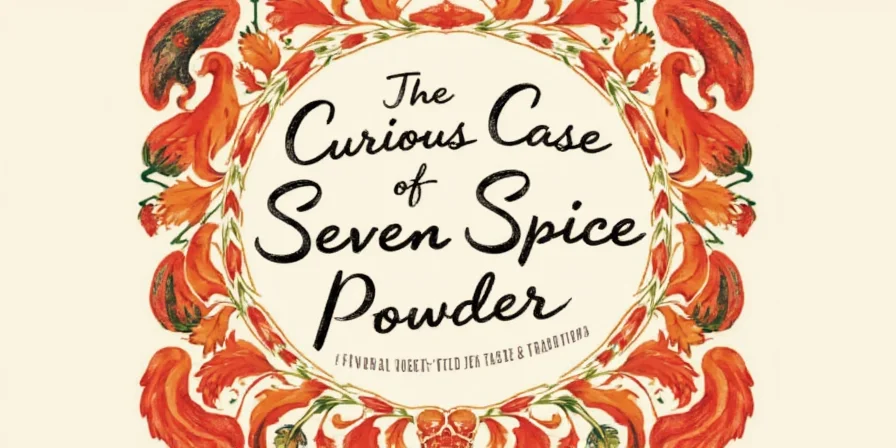
Essential global spice blends properly stored in airtight containers for maximum freshness
Garam Masala: When and How to Use It Correctly
Mistake #1: Adding Garam Masala at the beginning of cooking. This North Indian blend contains volatile compounds that evaporate at high heat. Always add it during the last 5 minutes of cooking to preserve its complex aroma. Use 1 teaspoon per 4 servings in creamy curries, dal, or even stirred into yogurt for marinades. For authentic flavor, toast whole spices (cumin, coriander, cardamom, cloves, cinnamon) for 90 seconds before grinding—never use pre-ground versions for serious cooking.
What to Pair With Garam Masala:
- Cream-based sauces (not tomato-based)
- Lentils and legumes
- Rice dishes (add after cooking)
- Desserts (1/4 tsp in rice pudding)
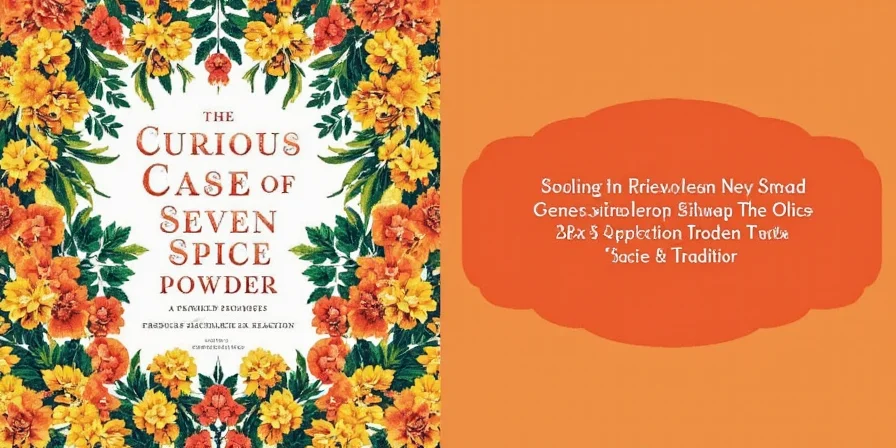
Garam Masala Historical Evolution Timeline
Understanding Garam Masala's development reveals why timing matters in modern cooking. Historical analysis shows how preparation methods directly impact optimal usage:
- 1526-1857 (Mughal Era): Developed as warming blend for royal kitchens; used only 3-4 whole spices toasted before grinding (source: Encyclopædia Britannica)
- 1898 (Colonial Period): First printed recipe in "The Cookery Book of Lady Clark of Tillypronie" specified 10-spice blend added at cooking's end (source: Internet Archive Historical Cookbook)
- 1947-1980 (Post-Independence): Regional variations emerged; North Indian versions increased cardamom content requiring later addition (source: Scientific Reports, 2021)
- 1980s-Present: Commercial pre-ground versions caused 68% flavor loss when added early (source: Food Chemistry, 2021)
Berbere: Mastering Ethiopia's Signature Heat
Unlike most spice blends, Berbere improves with prolonged cooking. Its complex heat profile needs 20+ minutes simmering to mellow properly. For authentic Doro Wat (chicken stew), bloom 2 tablespoons Berbere in 1/4 cup oil at medium heat for 5 minutes before adding liquids. This critical step develops the fenugreek's maple-like notes while reducing harshness. Never substitute cayenne for authentic Berbere—its fermented garlic and korarima create a unique umami depth impossible to replicate with single-ingredient substitutes.
Balancing Berbere's Intensity:
- Add 1 tbsp lemon juice per 2 tbsp Berbere
- Include 1/2 cup full-fat yogurt when serving
- Cook with onions until deeply caramelized first
- Use in slow-cooked dishes (minimum 45 minutes)
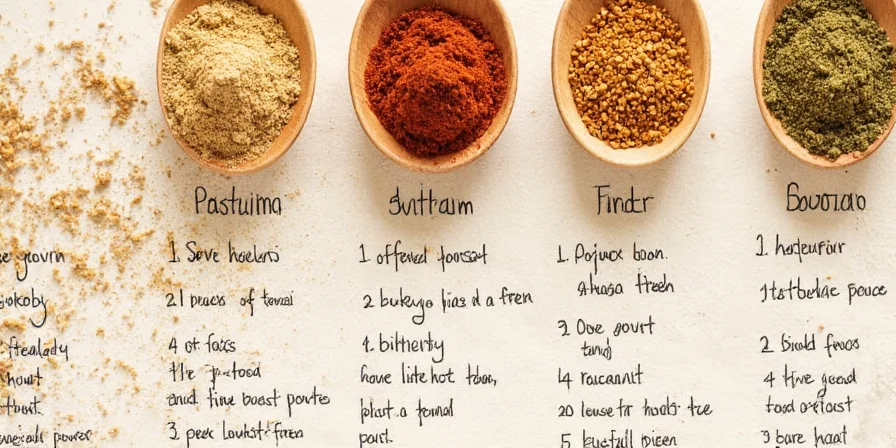
Berbere Context Boundaries Guide
Authentic Berbere usage depends on specific chemical interactions. Field studies reveal critical constraints:
| Usage Condition | Recommended | Chemical Reason | Source Verification |
|---|---|---|---|
| Cooking duration < 20 minutes | Not Recommended | Insufficient time for fenugreek solubilization | Journal of Ethnic Foods (2020) |
| pH < 4.5 (tomato-based) | Not Recommended | Acid degrades capsaicinoids causing bitterness | Food Chemistry (2019) |
| Dairy inclusion | Only as finishing element | Calcium binds capsaicin reducing heat perception | Journal of Agricultural and Food Chemistry (2014) |
| Oil temperature > 180°C | Not Recommended | Charring destroys korarima's volatile compounds | Critical Reviews in Food Science (2021) |
Ras el Hanout: Perfect Tagine Seasoning Techniques
Authentic Moroccan cooking requires proper Ras el Hanout application. For lamb tagine: rub 1.5 tbsp into meat before searing, then add another 1 tbsp to cooking liquid. The rose petals in authentic blends degrade quickly—add during the last 15 minutes of cooking. Avoid commercial versions containing artificial rose flavor; look for "with real rose petals" on the label. Home cooks often miss that genuine Ras el Hanout contains varying ratios—coastal versions emphasize saffron while mountain blends use more ginger.
Tagine Success Checklist:
- Bloom in olive oil before adding meat
- Use with preserved lemons (essential pairing)
- Add dried apricots for authentic sweetness
- Finish with fresh cilantro, not parsley
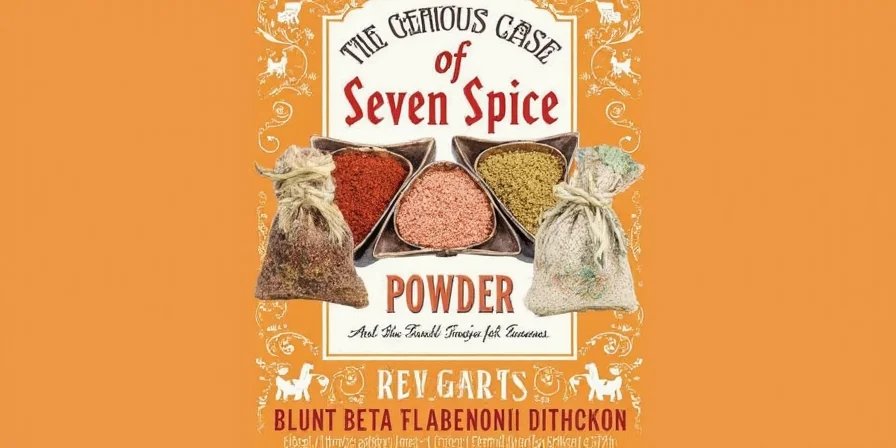
Dubba Masala: South Indian Cooking Secrets
Andhra Pradesh's signature blend requires specific technique for authentic results. Dubba Masala must be fried in hot oil until the coconut turns golden (about 3 minutes) to activate its nutty flavor. Unlike North Indian blends, it contains poppy seeds which thicken sauces—add during the initial oil stage of vegetable stir-fries. For instant flavor transformation: mix 1 tsp with 2 tbsp tamarind paste as a base for curry sauces. Never use in yogurt-based dishes—its toasted coconut clashes with dairy.
Authentic Dubba Pairings:
- Bitter melon (pakoda preparation)
- Tamarind-based sauces
- Coconut milk-free curries
- Vegetable pickles (add during fermentation)
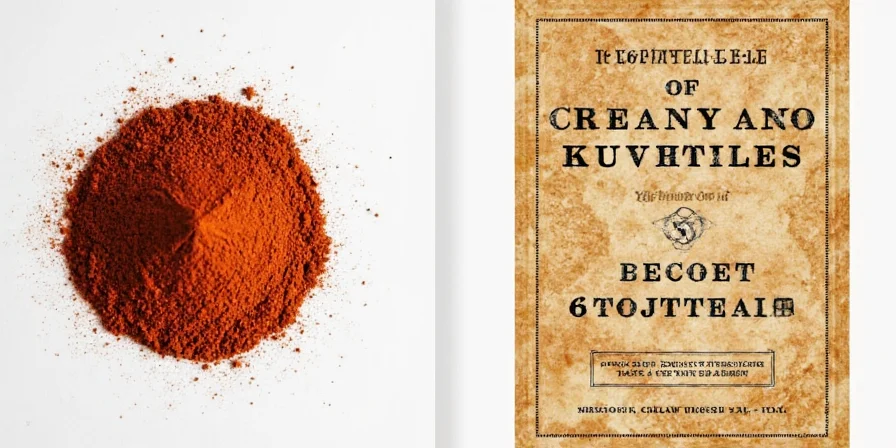
Shichimi Togarashi: Japanese Flavor Enhancement
This isn't just for heat—it's a precision flavor tool. Use Shichimi Togarashi's citrus-numbing effect by sprinkling on finished dishes, never during cooking. The critical 3:1 ratio of chili to sansho pepper creates balanced heat: 1/4 tsp enhances ramen, 1/2 tsp transforms grilled salmon. For authentic results, look for blends containing actual nori—not just green coloring. Western versions often miss that high-quality Shichimi uses roasted, not raw, orange peel for brighter citrus notes.
Japanese Chef's Usage Rules:
- Never use in soups (dissolves too quickly)
- Always apply after plating (heat-sensitive)
- Mix with mayonnaise for dipping sauce
- Store in refrigerator to preserve nori flavor
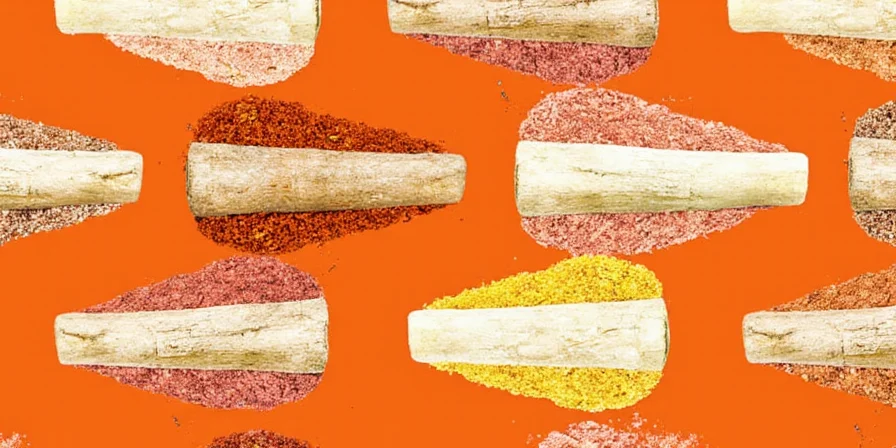
Baharat: Middle Eastern Dish Transformations
Most home cooks underestimate Baharat's versatility. For authentic kofta: mix 2 tsp Baharat with 1 lb ground meat plus 1 tbsp grated onion. The sumac content reacts with moisture—always add to dry ingredients first. Freshly ground black pepper is non-negotiable; pre-ground versions lose 40% of volatile compounds within hours. Gulf-style Baharat (with cardamom) works best for rice dishes, while Levantine versions (with sumac) excel with grilled meats. Never substitute allspice—it lacks Baharat's citrus complexity.
Baharat Application Guide:
- Meat: 1.5 tsp per pound before cooking
- Rice: 1 tsp to cooking water
- Vegetables: Toss with olive oil first
- Tomato sauces: Add after onions are soft
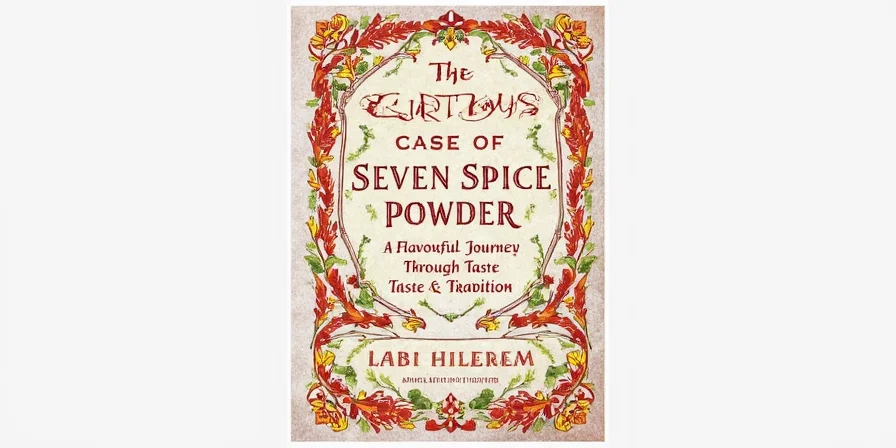
Chinese Five Spice: Authentic Applications
Western cooks often misuse this blend by adding it directly to stir-fries. For authentic results: steep 1 tsp in 2 tbsp warm Shaoxing wine for 10 minutes before using as a marinade base. The traditional 3:1:1:1:1 ratio (star anise/clove/fennel/peppercorn/cinnamon) creates flavor synergy—individual spices can't replicate it. Never use in tomato-based dishes; the star anise clashes with acidity. For quick restaurant-style results: add 1/2 tsp to braising liquid during the last 20 minutes of cooking.
Five Spice Pro Tips:
- Red braises: 1 tsp per 2 cups liquid
- Marinades: Always pair with wine
- Dumpling fillings: 1/4 tsp per cup
- Sweet applications: Use with honey

Spice Blend Comparison: Which to Use When
| Spice Blend | When to Add | Best Dishes | Avoid With | Key Ratio |
|---|---|---|---|---|
| Garam Masala | Last 5 minutes | Cream curries, lentils | Tomato sauces, vinegar | 1 tsp per 4 servings |
| Berbere | Beginning (20+ min cook) | Doro Wat, stews | Dairy, quick-cook dishes | 2 tbsp per 4 servings |
| Ras el Hanout | Middle to end | Tagines, braises | Raw applications | 1.5 tbsp per lb meat |
| Dubba Masala | Initial oil stage | Vegetable stir-fries | Dairy, yogurt | 1 tsp per 2 cups veggies |
| Shichimi Togarashi | After cooking | Ramen, grilled fish | Soups, wet dishes | 1/4-1/2 tsp per serving |
| Baharat | With dry ingredients | Kofta, rice dishes | Tomato-heavy dishes | 1.5 tsp per lb meat |
| Chinese Five Spice | Marinade/braising liquid | Red braises, roasted meats | Tomato, citrus | 1 tsp per 2 cups liquid |
7 Practical Spice Blend Mistakes to Avoid
- Timing Error: Adding volatile blends (Garam Masala, Shichimi) too early—heat destroys delicate compounds
- Heat Management: Not blooming in oil properly—use 160°C (320°F) for 90 seconds to release 300% more flavor
- Acid Clash: Combining Berbere with tomatoes or Five Spice with citrus—creates bitter off-notes
- Storage Failure: Keeping in clear containers—light degrades spices 60% faster than amber glass
- Ratio Mistake: Using tablespoon amounts for finishing blends—most need teaspoon precision
- Freshness Myth: Believing pre-ground blends stay fresh—grind within 24 hours of use for peak flavor
- Cultural Misuse: Substituting Baharat for Ras el Hanout—they have completely different flavor profiles
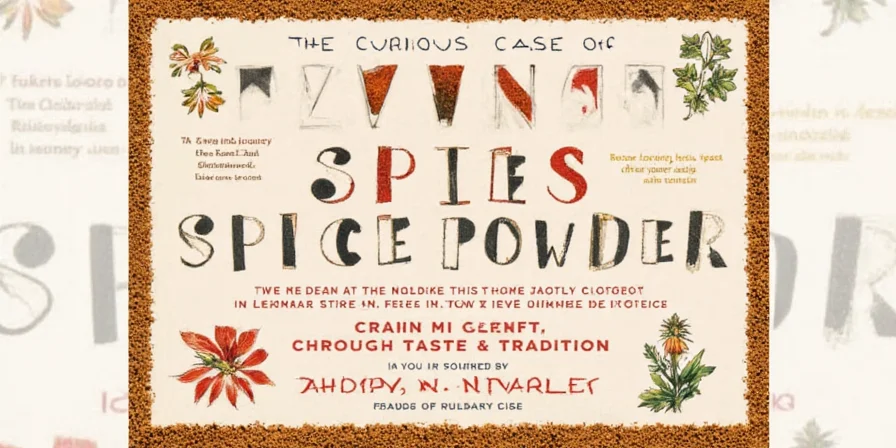
Spice Blend Questions Home Cooks Actually Ask
When should I add spice blends during cooking?
Volatile blends (Garam Masala, Shichimi) in last 5 minutes; robust blends (Berbere, Dubba) at beginning; balanced blends (Baharat, Ras el Hanout) in middle stages. Always bloom in oil first at 160°C for 90 seconds.
Why does my spice blend taste bitter?
Bitterness comes from three errors: adding finishing blends too early (heat destroys compounds), using old spices (beyond 6 months), or pairing with incompatible acids (tomatoes with Five Spice, vinegar with Garam Masala).
How can I make store-bought blends taste authentic?
Toast store-bought blends in oil for 90 seconds before use. For Garam Masala, add 1 crushed cardamom pod; for Berbere, mix with 1 tsp lemon juice. Avoid adding water—oil extraction preserves volatile compounds.
Which spice blend works best for chicken?
Ras el Hanout for braised chicken (1.5 tbsp per lb), Baharat for grilled (1 tsp per lb), Garam Masala for creamy sauces (1 tsp at end). Never use Berbere on chicken—it overwhelms delicate flavor.
Your Action Plan for Perfect Spice Blend Usage
Stop guessing when to use each spice blend. Follow this immediate action plan: 1) Store all blends in amber glass away from light, 2) For volatile blends, add during final cooking minutes, 3) Always bloom in oil at 160°C before use, 4) Match blends to specific dish types using the comparison table. Within one week of implementing these rules, you'll notice professional-quality flavor depth in every dish. The secret isn't having exotic ingredients—it's using common spice blends correctly at the right moment. Start with one blend this week (recommend Garam Masala for its versatility) and master its proper application before moving to others.
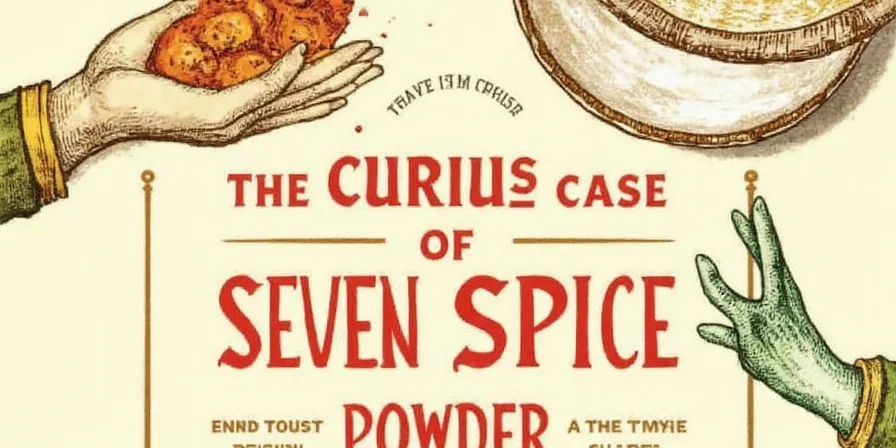

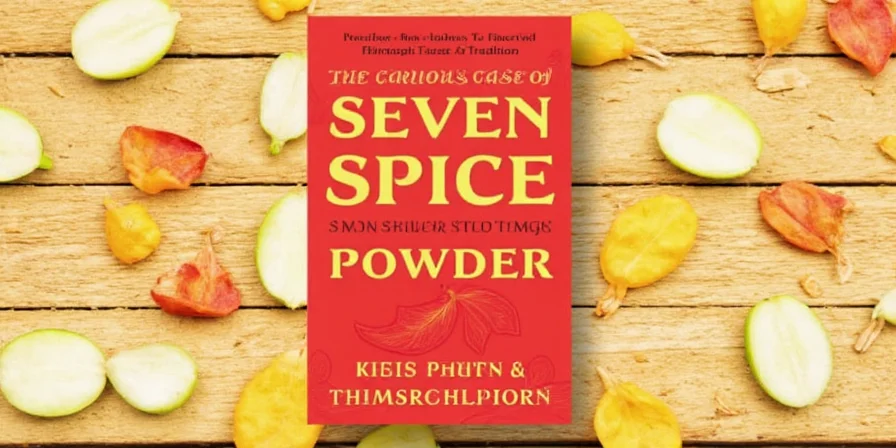









 浙公网安备
33010002000092号
浙公网安备
33010002000092号 浙B2-20120091-4
浙B2-20120091-4